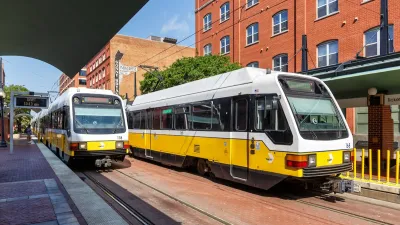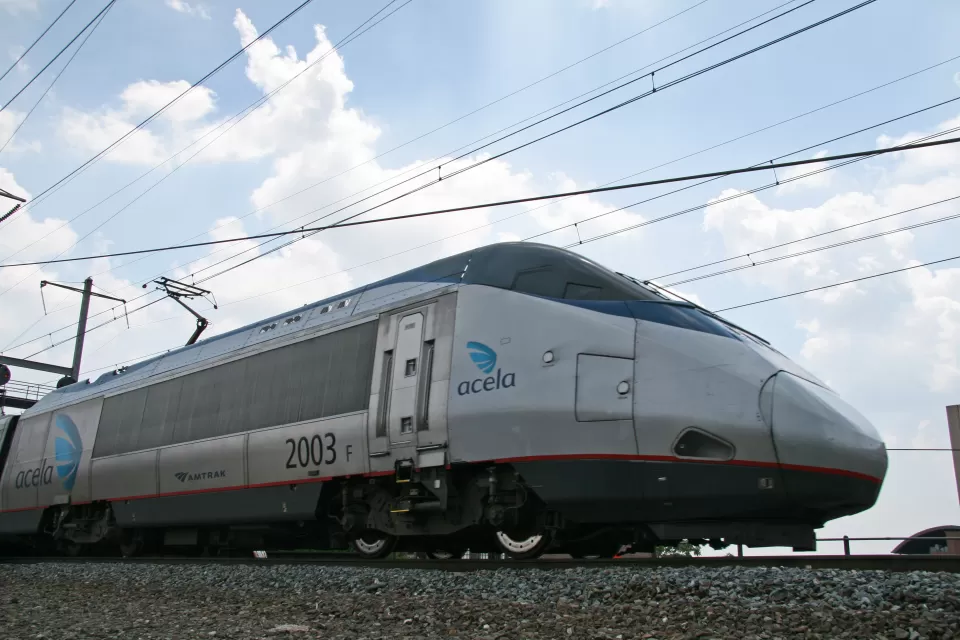The city’s new Displacement Prevention Navigators will conduct outreach and assist with finding resources to help cost-burdened residents at risk of losing their housing stay in their homes.

As part of the city’s effort to slow its rapidly growing housing affordability crisis, Austin will hire a team of “displacement prevention navigators” to assist residents with finding housing assistance resources and navigating the system, which can often be overwhelming for renters or homeowners threatened with losing their homes.
Molly Bolan describes the program in Route Fifty. “With $360,000 in funding for its first year, the program will hire navigators who will work 10 to 15 hours a week for a year and earn $25 per hour.”
The program will begin in two neighborhoods with high rates of cost-burdened households that are experiencing redevelopment and a rise in property values. “Outreach will likely take many forms, including mailers and door-hangers informing residents the program exists, sending navigators out to go door to door to connect with residents, and attending community events, according to program manager Cara Bertron.”
Bertron acknowledges the program will play a small role in solving the housing crisis, and should be just one piece of a larger effort to build and maintain more affordable housing as the city’s population and property values grow.
FULL STORY: City’s ‘Displacement Prevention Navigators’ Aim to Help Neighbors Remain in Homes

Study: Maui’s Plan to Convert Vacation Rentals to Long-Term Housing Could Cause Nearly $1 Billion Economic Loss
The plan would reduce visitor accommodation by 25,% resulting in 1,900 jobs lost.

North Texas Transit Leaders Tout Benefits of TOD for Growing Region
At a summit focused on transit-oriented development, policymakers discussed how North Texas’ expanded light rail system can serve as a tool for economic growth.

Why Should We Subsidize Public Transportation?
Many public transit agencies face financial stress due to rising costs, declining fare revenue, and declining subsidies. Transit advocates must provide a strong business case for increasing public transit funding.

How to Make US Trains Faster
Changes to boarding platforms and a switch to electric trains could improve U.S. passenger rail service without the added cost of high-speed rail.

Columbia’s Revitalized ‘Loop’ Is a Hub for Local Entrepreneurs
A focus on small businesses is helping a commercial corridor in Columbia, Missouri thrive.

Invasive Insect Threatens Minnesota’s Ash Forests
The Emerald Ash Borer is a rapidly spreading invasive pest threatening Minnesota’s ash trees, and homeowners are encouraged to plant diverse replacement species, avoid moving ash firewood, and monitor for signs of infestation.
Urban Design for Planners 1: Software Tools
This six-course series explores essential urban design concepts using open source software and equips planners with the tools they need to participate fully in the urban design process.
Planning for Universal Design
Learn the tools for implementing Universal Design in planning regulations.
City of Santa Clarita
Ascent Environmental
Institute for Housing and Urban Development Studies (IHS)
City of Grandview
Harvard GSD Executive Education
Toledo-Lucas County Plan Commissions
Salt Lake City
NYU Wagner Graduate School of Public Service





























